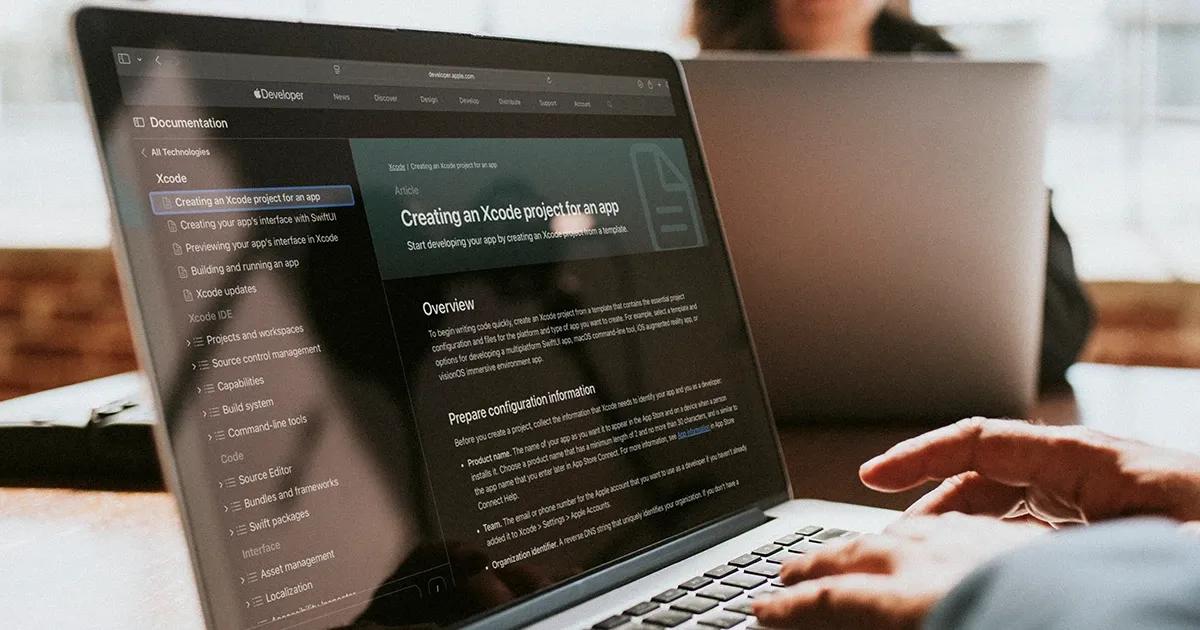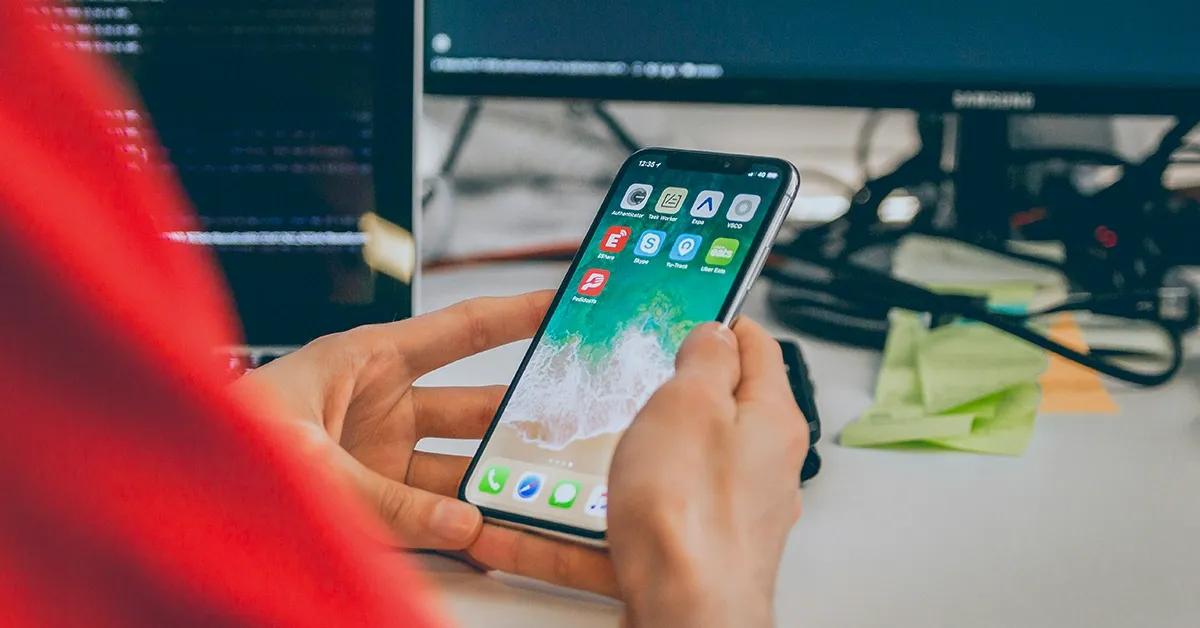Mobile apps come with unique QA challenges. Usually, with short release cycles, rapid feature changes, and diverse hardware compatibility requirements, testing mobile thoroughly yet efficiently is challenging. That requires smart approaches tailored to the mobile space.
Key mobile app testing challenges
So, what makes mobile app testing fundamentally more complex compared to web apps? There are several key factors:
Device and OS fragmentation
The mobile app market presents a massive but highly fragmented landscape, with over 5 billion unique mobile users worldwide and thousands of device types spanning dozens of manufacturers and OS versions. For example, there are nearly 1300 different brands that have produced more than 24K different devices that run Android OS. This hyper-diversity exponentially expands test coverage needs. To deliver great customer experiences, you should perform in-depth software testing, including manual testing & test automation, if possible.
Location and connectivity dependence
Mobile apps frequently leverage unique device capabilities/features like GPS, Bluetooth, NFC, Wi-Fi, cellular data, and more. Integrating these connections with things like IoT devices, payments, vehicles, wearables, location-based, and other types of apps adds significant layers of technical complexity. Comprehensive testing is required to validate that apps work correctly and deliver expected capabilities across different real-world environments and conditions.
For example, using GNSS and maps outdoors with variable signals, connecting Bluetooth to speakers and cars, and leveraging NFC for contactless payments all should be tested in physical spaces, not just simulated virtually.
Read more on how we test mobile apps and devices using our GNSS spoofing solution.
Performance constraints
Mobile devices have limited battery life and, eventually, processing power, so app speed, efficiency, and stability are critical. An unoptimized mobile app might cause battery leaks and drain the battery much faster than it should. During the mobile app testing process, you need to validate the app's overall performance - verifying app load times, benchmarking frame rates for smooth animation, streams, and visuals, stress testing with extreme workloads, and profiling battery/network/CPU usage.
You may be interested in: How We Test Mobile App Battery Usage.
Frequent releases
When it comes to mobile app development, most of the teams today have adopted some sort of agile methodology to deliver fast and iterative releases. Major apps push updates weekly or bi-weekly. Although it’s a really good approach, it comes with its challenges. It requires far more time for extensive regression testing to be done manually. Mobile test automation and effective test data management should be implemented instead. It's becoming vital to re-run key test cases against new versions frequently. It may sound simple, but to get the most out of test automation, various criteria should be fulfilled, and a precise test automation strategy should be adopted as well.
Security risks
Most probably, you know that feeling when installing an application, it asks for various permissions, starting from push notification to photo library, location, camera, and other functions and data access. This data and functionality must be protected through comprehensive security protections and access controls. However, given the number of mobile device types and user base, it also makes them prime targets for hackers seeking to steal data or malware creators looking to infect users. To ensure data security, extensive security testing is required.
Do you need extra help with security testing? Our security testing experts can help.
Keys to effective mobile app testing
To overcome these challenges for mobile testing, you should definitely start with in-depth QA & software testing activities. On top of that, here are a few points that might come in handy to achieve the best results:
Utilize real devices
There are multiple ways to test mobile apps - you can use simulators/emulators or real devices. From our experience, we suggest sticking with real devices only since simulators/emulators lack reliability, have software/hardware differences, and many more factors. Here at TestDevLab, we have more than 3,500 real devices at your disposal just for this reason.
Automate as much as you can
Try to automate repetitive regression testing activities across devices and operating systems and their versions. At first, it might seem more expensive compared to manual testing, but test automation provides efficiency at scale and in the long run.
Start QA & software testing yesterday
Begin testing as early as possible and introduce CI/CD to identify defects quickly before expanding. Fixing bugs early reduces cost and enables shorter time-to-market. Testing early also allows software testing engineers to gain familiarity with the app over multiple cycles, refining test cases based on previous results.
Prioritize core workflows
With limited time, focus initial testing on critical user journeys and core functionality first. Then, expand to secondary features. Proper prioritization ensures testing time and effort allocation to aspects that directly impact core user goals and business revenue. Teams can circle back to create and enhance coverage of secondary features once baseline quality is achieved on critical experiences.
Get an independent view
Although having an in-house QA and software testing team is a common approach, and it might seem the best approach, it has its downsides. In-house QA and software testing engineers, over time, can become overly familiar with the software products they work on continuously. This can lead to "blind spots" where testers miss issues either due to unconscious assumptions or a lack of exposure to new testing approaches. For that reason, it’s suggested to get an independent view collaborating with 3rd party QA and software testing service providers.
Key takeaways
- Mobile app testing isn’t like testing for web apps. The huge variety of devices and operating systems makes testing complex. With thousands of models available, it’s like trying to hit a moving target. To make sure your app works smoothly for everyone, testing on real devices, not just simulators, is non-negotiable.
- Frequent app updates mean lots of repetitive regression testing. Instead of relying solely on manual testing, automating as much as possible can save time and ensure consistency. Think of it as an upfront investment that pays off big in efficiency later on.
- Starting QA and software testing early in the development process catches bugs sooner (and cheaper). Plus, by focusing on core workflows first—those features that users rely on most—you’ll make the biggest impact right out of the gate.
Need to launch your new mobile app? Contact us to learn how our manual and automated testing services can help make your product stand out from the competition.




